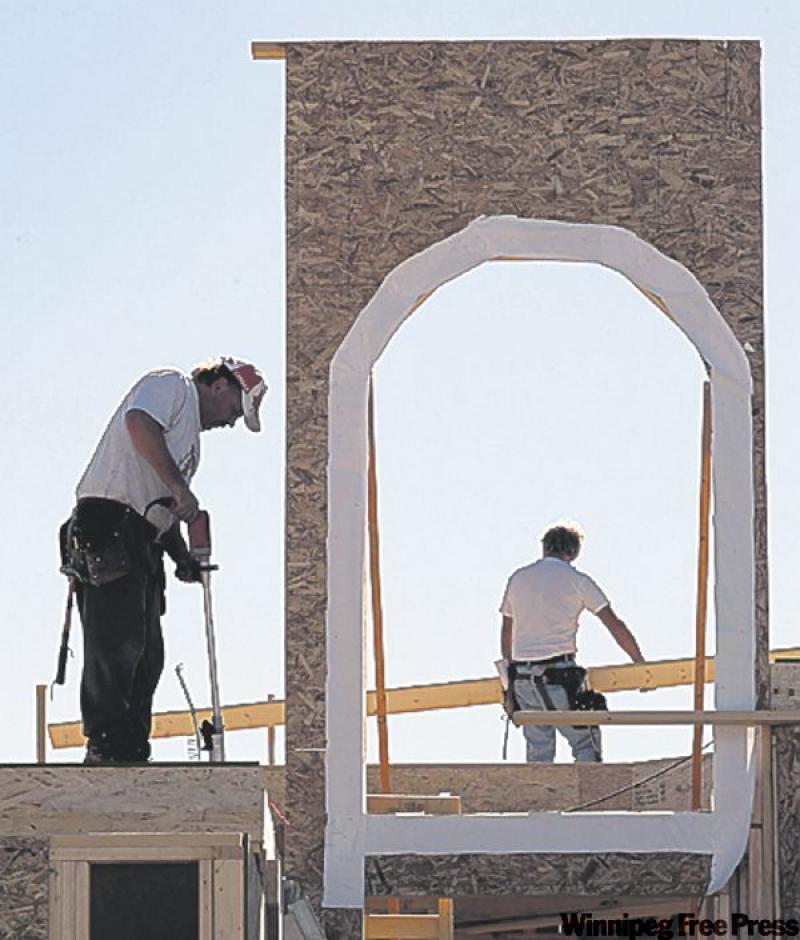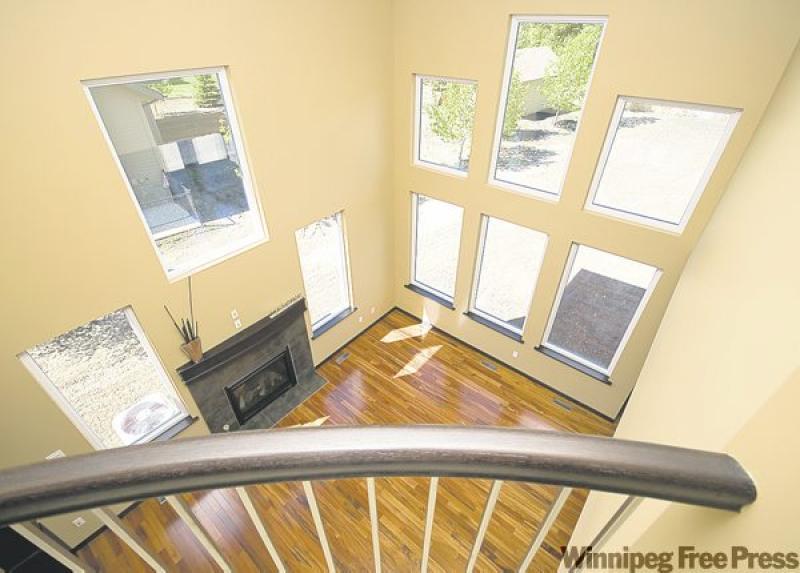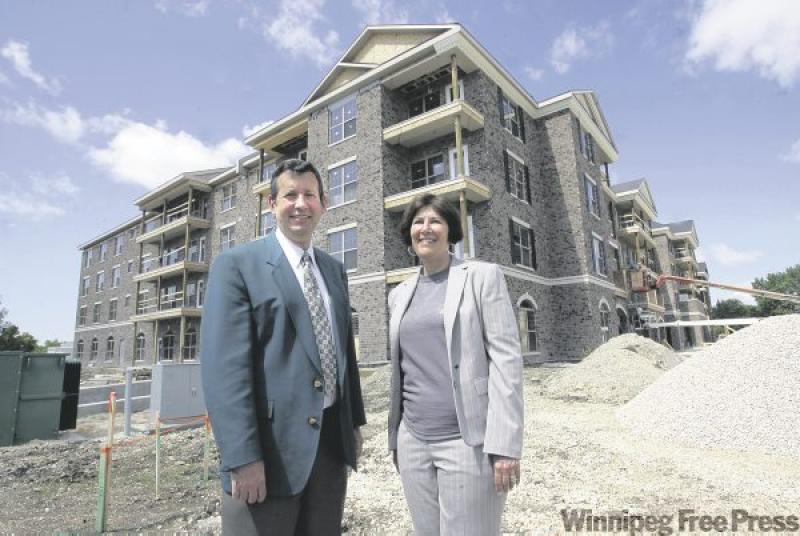New Homes
New Homes
Cottage development popular with Albertans
Owning a cottage is a dream that many people share --especially at this time of year. And a Winnipeg entrepreneur is working hard to create a new cottage development that he hopes will rival other popular vacation spots around the province.Chad Olafson, president of Narrows West Developments, is developing a resort community at Lake Manitoba Narrows. Last year, his company opened up 365 cottage lots in the area. Most of those lots have already sold.
"We sold 340 cottage lots in one year," says Olafson. "It's blown my socks off -- I never expected that."
Located just two hours northwest of Winnipeg, Lake Manitoba Narrows is not only a picturesque getaway it's affordable, too. One- and two-acre cottage lots in the Narrows West development are priced at $30,000 up to about $45,000.
To get a piece of lakefront property for that price within a couple of hours' drive of the city is very appealing when the cost of recreational property is soaring in other lake areas. Olafson says they also offer financing options such as 25 per cent down and monthly payments split over three years to help make the dream of cottage ownership a reality for even more people.
"Really nice resort property doesn't come up all the time and it's hard for younger families to build immediately," Olafson points out. "I hope I've made it pretty easy for people."
Lake Manitoba Narrows has long been known as an excellent fishing and hunting destination. But with the growing number of cottage properties in the area, Olafson says his goal is to broaden the appeal. Just last week, he bought the Lake Manitoba Narrows Lodge Resort and Conference Centre and that's just the beginning of many other plans.
Narrows West is now in the process of building a golf course at the centre of the resort area to appeal to vacationers and cottage owners alike. David Grant, a PGA golf course designer from Winnipeg, is designing the Northwind Narrows Golf and Country Club course. The golf course is expected to be open in 2010.
Olafson's group is also looking at building another hotel at Lake Manitoba Narrows to attract even more people to the area and offer cottage residents more amenities. Number TEN Architectural group, which is the firm that designed the Winnipeg Humane Society's new building and CTV's downtown studios, is already working on designs for the new project. The 200-room hotel will include a large water park and a spa to offer something for everyone.
"We want to separate ourselves from other places," says Olafson. "We are geared to families."
With excellent lakefront for swimming and boating and fantastic fishing and hunting, Olafson is sure the area will develop into one of Manitoba's prime vacation spots.
"We're creating a resort community," he notes. "We're selling so many cottage lots because of all the amenities in the area."
Due to the strong demand, Narrows West has just launched another cottage project in the area. Located just around the bend from the lodge and conference centre, Narrows West Ranch Estates is a new waterfront subdivision featuring 60 lots. While 15 of those are waterfront properties, the rest back onto the golf course. But no property is more than a few hundred yards from the water.
Even the cottage lots that are not right on the lake will have water access, Olafson explains. The developer is building a canal system around the back lots, to ensure that people can still park their boats on their lot and then be able to boat to the marina or golf course directly from their cottage.
"You will be able to pull your boat up to almost every one of these lots," says Olafson. "I can say with confidence that I truly believe that these are some of the most beautiful cottage lots in the province!"
Interestingly, most of the people buying the Lake Manitoba Narrows properties are from Alberta. Olafson estimates about 80 per cent of the lots are owned by Albertans. In the first week that lots were made available last year, the first 100 lots were all sold to Albertans.
"It's so affordable and there are no lakes out there," Olafson explains. "Here people can enjoy one of Manitoba's most beautiful lakes for $30,000 and you're never very far from the water."
For more information about the Lake Manitoba Narrows projects, visit www.narrowswest.com.










